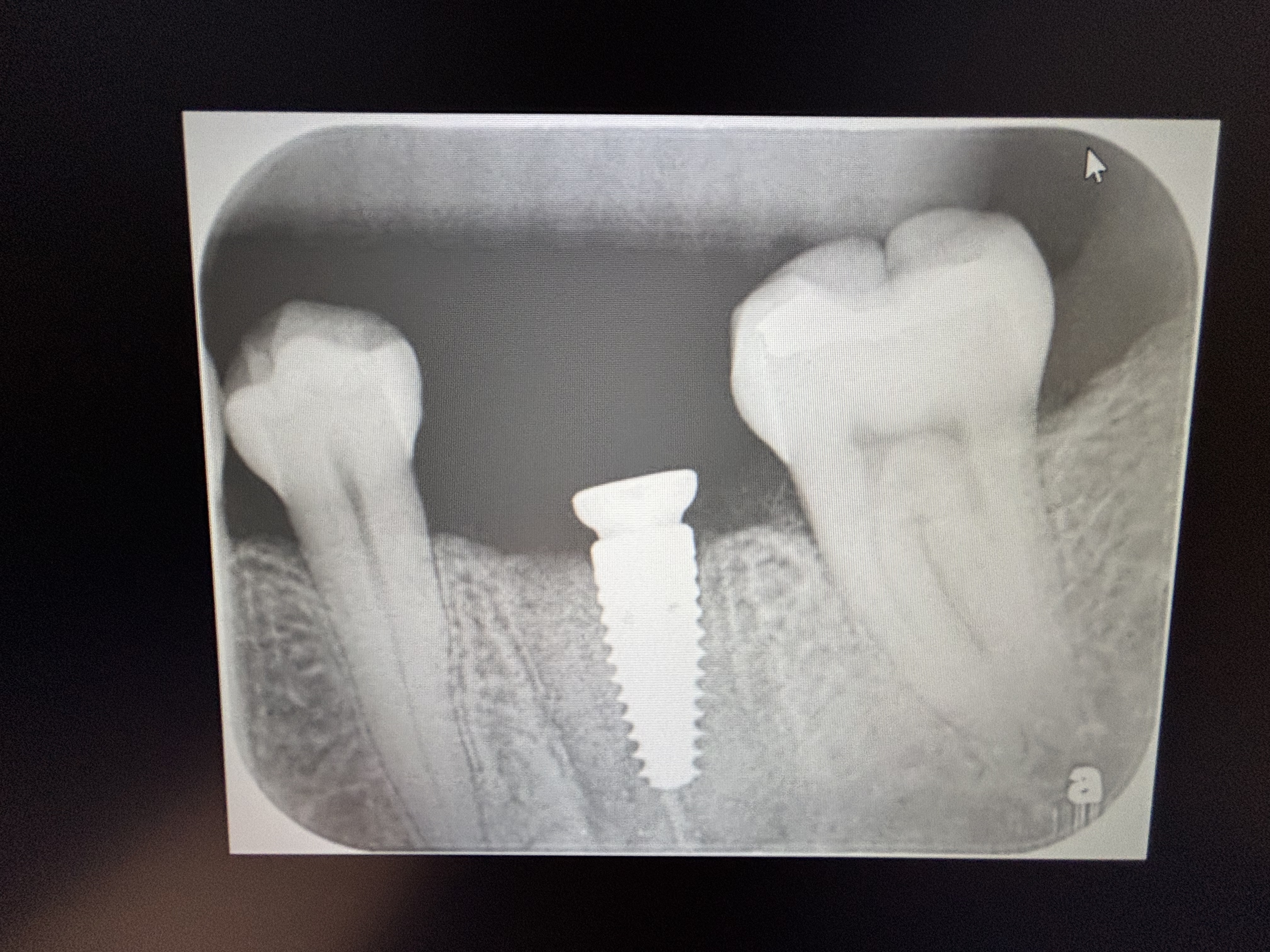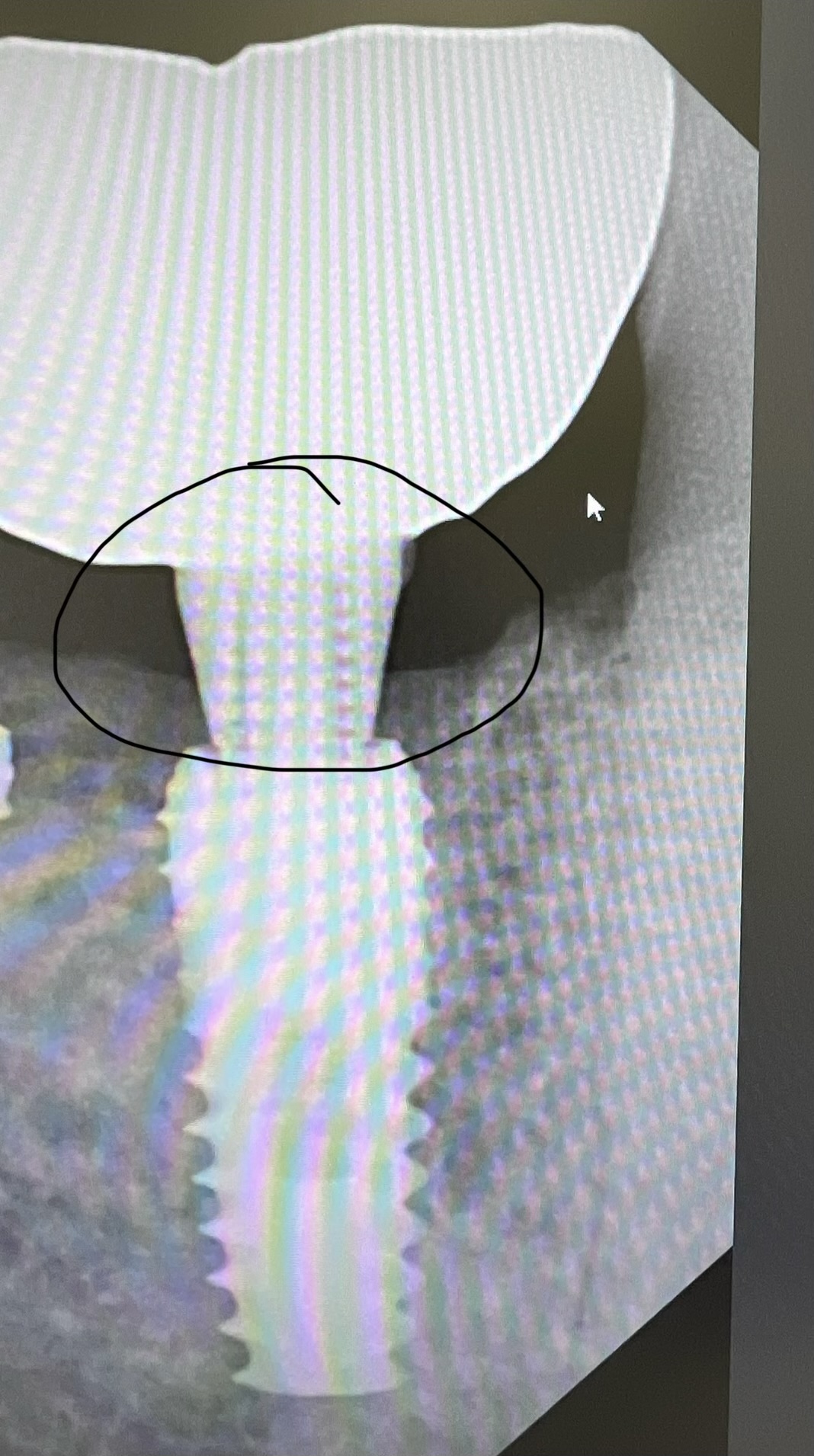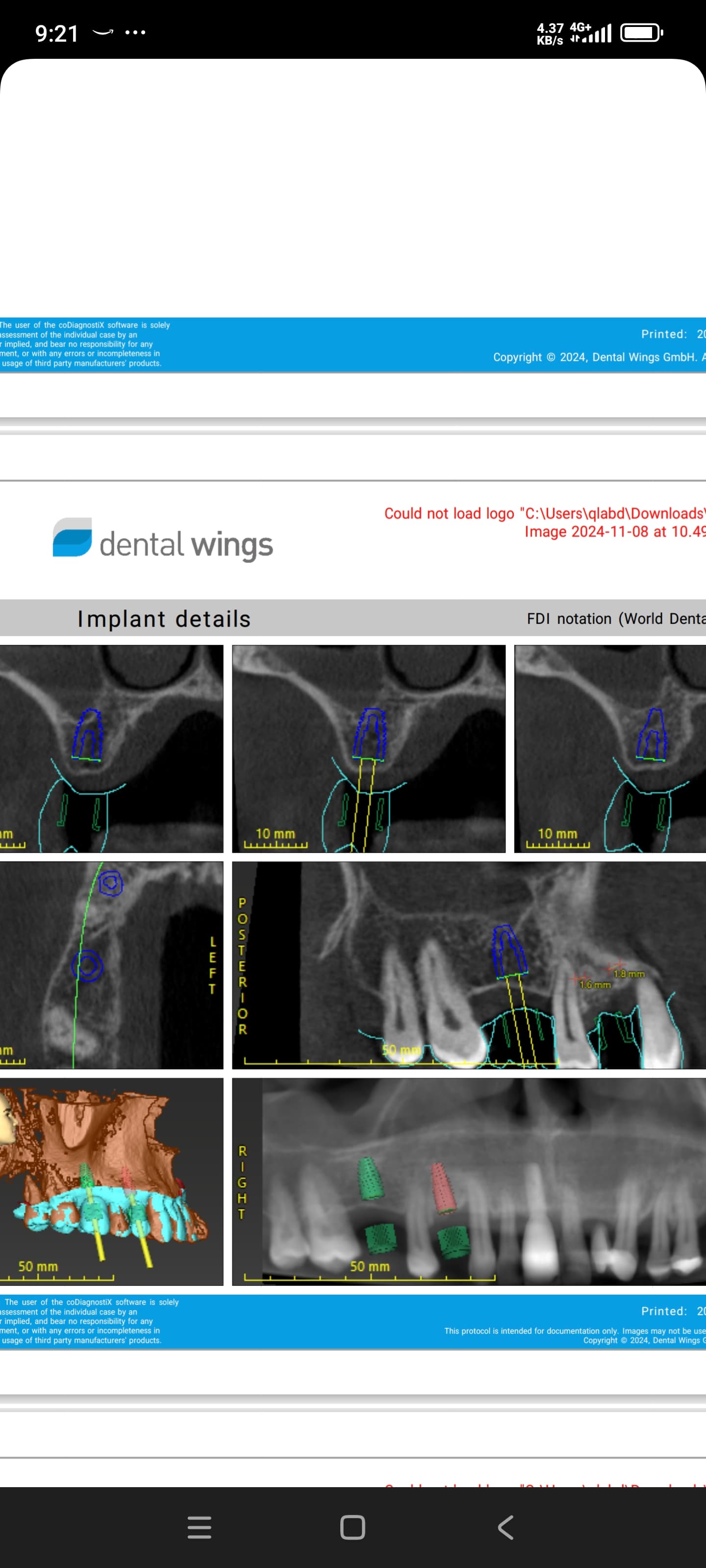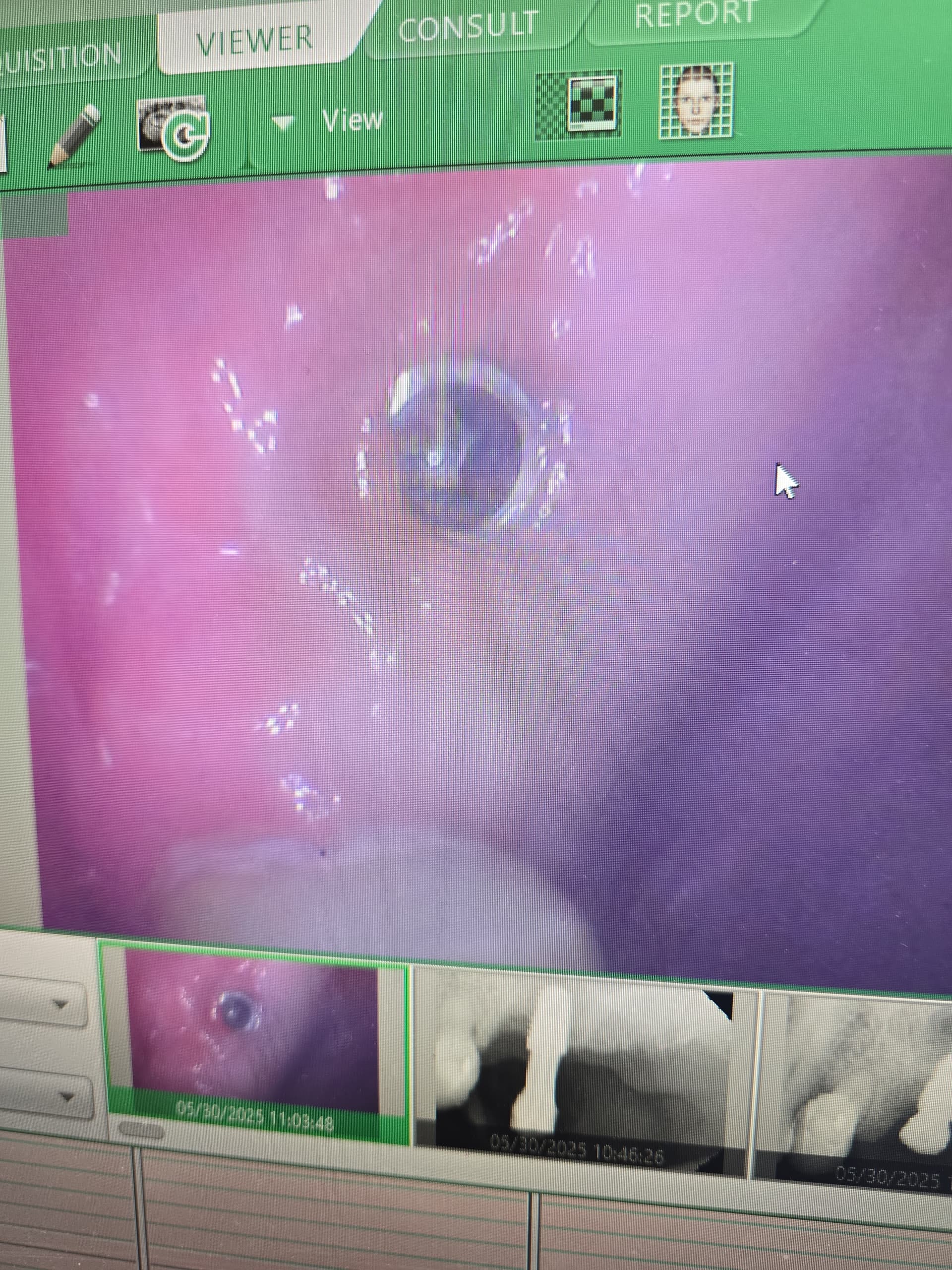In response to the request for more information in the Vertical discrepancies of Conical vs. Flat platform implants the following articles should get you started:
Semper W, Kraft S, Mehrhof J, Nelson K. (2010a)
Impact of abutment rotation and angulation on marginal fit: theoretical considerations.
Int J Oral Maxillofac Implants 25(4): 752-8
Semper W, Heberer S, Mehrhof J, Schink T, Nelson K. (2010b)
Effects of repeated manual disassembly and reassembly on the positional
stability of various implant-abutment complexes: an experimental study.
Int J Oral Maxillofac Implants 25(1): 86-94
Semper-Hogg W, Kraft S, Stiller S, Mehrhof J, Nelson K. (2012)
Analytical and experimental position stability of the abutment in different
dental implant systems with a conical implant-abutment connection.
Clin Oral Investig 17(3): 1017-23
Wiebke Semper Hogg, DDS, Kris Zulauf, DMD, Jürgen Mehrhof, MDT, Katja Nelson, DDS, PhD
The Influence of Torque Tightening on the Position Stability of the Abutment in Conical Implant-Abutment Connections.
Int J Prosthodont 2015;28:538–541. doi: 10.11607/ijp.3853
In response to the request for more information in the the stability and leakage potential for comical implant systems, the following articles should also help get you get started:
J Synchrotron Radiat. 2015 Nov;22(6):1492-7. doi: 10.1107/S1600577515015763. Epub 2015 Oct 9.
In situ microradioscopy and microtomography of fatigue-loaded dental two-piece implants.
Wiest W, Zabler S, Rack A, Fella C, Balles A, Nelson K, Schmelzeisen R, Hanke R.
An In Vitro Pilot Study of Abutment Stability During Loading in New and Fatigue-Loaded Conical Dental Implants Using Synchrotron-Based Radiography
Tatjana Rack, MS, Simon Zabler, PhD, Alexander Rack, PhD, Heinrich Riesemeier, PhD, Katja Nelson, PhD, DDS
I hope this helps.

























